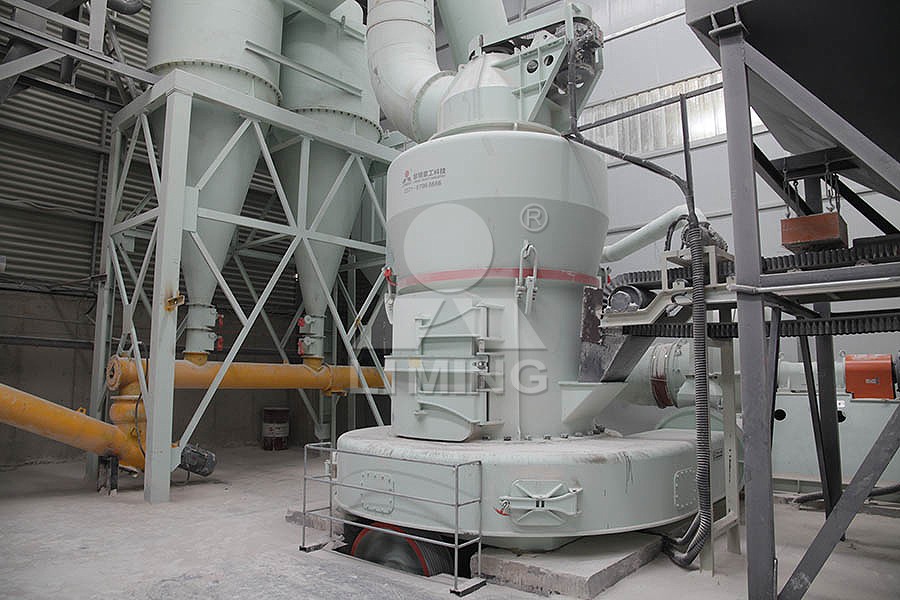Sand Mill for Pigment Production: Key Features to Look for in a Manufacturer
Sand Mill for Pigment Production: Key Features to Look for in a Manufacturer
When it comes to pigment production, achieving the perfect grind is everything. The right sand mill can mean the difference between a vibrant, stable, consistent product and one that’s, well, just mediocre. But with so many manufacturers out there, how do you choose? It’s not just about the machine itself; it’s about the partnership, the engineering prowess, and the features that deliver real-world results on your production floor.
Precision Grinding: The Heart of Quality Pigments
The primary job of any sand mill is to reduce particle size to the micron level, creating a smooth, homogenous dispersion. For pigments, this is critical for color strength, gloss, and stability. You need a mill that offers not just power, but control. Look for manufacturers that provide advanced, adjustable fineness controls. A machine that can reliably produce a fineness between 325 and 2500 meshes, for example, gives you the versatility to handle a wide array of pigment types and customer specifications.

Efficiency & Throughput: Doing More with Less
In today’s competitive market, energy consumption isn’t just an operational cost—it’s a sustainability imperative. The best manufacturers design mills that deliver higher yields with significantly lower energy input. We’re talking about systems that can operate at 30-50% lower energy consumption compared to older technologies like jet mills or ball mills. This is achieved through intelligent design: optimized grinding curves, efficient motors, and systems that minimize heat generation (which can also degrade sensitive pigments).
Durability and Ease of Maintenance
Downtime is the enemy of production. A robust sand mill should be built to run 24/7 with minimal intervention. Key here is the design of the grinding chamber. Look for innovations like the absence of rolling bearings and screws inside the chamber itself. This brilliant feature, found in mills like our MW Ultrafine Grinding Mill, elimnates the most common failure points. Operators are freed from constant worries about bearing seizures or loose screws causing catastrophic damage. Furthermore, external lubrication systems allow for maintenance without shutting down the entire line, a huge boon for continuous operations.

Environmental and Operational Safety
Pigment processing can be messy and noisy. A top-tier manufacturer prioritizes the working environment. Integrated pulse dust collectors are non-negotiable; they should caputure 99%+ of particulate matter, ensuring no pigment dust escapes into your facility or the atmosphere. Similarly, built-in mufflers and noise reduction technology should bring operational sound levels down to a comfortable hum. This isn’t just about compliance; it’s about creating a safer, cleaner, and more pleasant workspace for your team.
Why Partner with a Full-Solution Provider?
Finally, look beyond the machine. The manufacturer should stand behind their product for the long haul. This means comprehensive technical support, ready availability of genuine spare parts, and a deep understanding of the grinding process. At Liming Heavy Industry, we don’t just sell equipment; we provide solutions. Our MW Ultrafine Grinding Mill is a testament to this philosophy. With an input size of 0-20mm and a capacity range of 0.5-25 tph, it’s engineered for customers who need to make ultra-fine powder without compromise. It features higher yielding and lower energy consumption, with a production capacity 40% higher than jet mills. The cage-type powder selector allows for precise fineness adjustment between 325-2500 meshes, making it an exceptional choice for high-end pigment production.
For operations requiring vertical integration and even larger capacity, our LUM Ultrafine Vertical Grinding Mill is another standout. It integrates grinding, grading, and transporting with incredible efficiency (5-18 tph capacity) and features advanced powder separating technology for superior product quality.

Choosing a sand mill is a significant investment. By focusing on these key features—precision, efficiency, durability, environmental control, and manufacturer support—you can select a partner and a machine that will elevate your pigment production for years to come.
